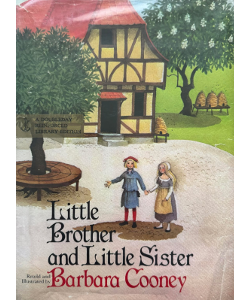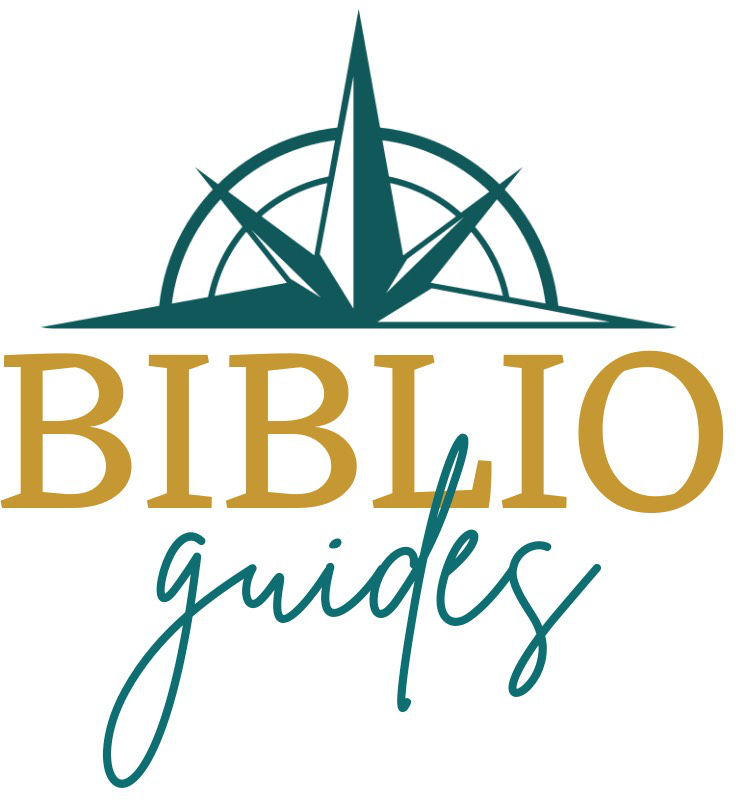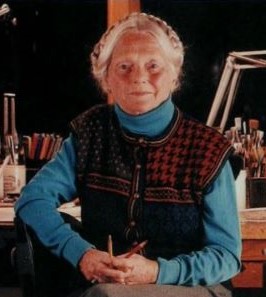Little Brother and Little Sister (Adaptation)

Content:
Little Sister and Little Brother
Illustrator:
Barbara Cooney ![]()
Barbara Cooney
Publication:
1982 by Doubleday & Company, Inc
Genre:
Fairy Tales, Fiction, Folk Tales, Picture Books
Pages:
48
Current state:
Basic information has been added for this book.
It has been read but content considerations may not be complete.
Book Guide
Search for this book used on:
Once upon a time there were two beautiful and good children, a brother and a sister who loved each other very much. Unfortunately, they lived with a cruel and wicked stepmother who scolded them from morning until night and gave them only stale bread crusts to eat.
One day, the brother and sister decided to run away and escape into the forest. After walking far, they grew tired and thirsty, and when they came to a sparkling brook, the boy could not resist drinking the cold, clear water. But the brook was enchanted, and the boy was immediately turned into a fawn. Together, the sister and fawn found a cottage to live in and there they stayed until the forest resounded with the noise of horns and huntsmen, and they were discovered by the King himself.
Even though they were taken to the palace, their troubles were not over as the stepmother continued to pursue them. But evil cannot triumph over the brave heart in this classic tale of love and loyalty from the Brothers Grimm. Cooney's adaptation is enhanced by her magnificent illustrations depicting the charm and innocence of this romantic fairytale.
From the dust jacket
To view an example page please sign in.
Resource Guide
Episode 70: Why Read Fairy Tales?
Released in 2020 by The Literary Life
Available formats: Streaming Audio
Length: 1 hr. 29 min.
View on the The Literary Life site
"Angelina Stanford and Cindy Rollins tackle the topic of fairy stories, discussing the what, why and how of reading them. Angelina shares the distinctive characteristics of fairy stories in contrast to other types of stories, such as myths. They deal with the question of whether fairy tales are 'escapist', the influence of the Grimm brothers scholarly work on interpreting fairy stories, and allowing the story to unveil its deeper truths without forcing meaning onto it.
Angelina gives an illustration of how to see the gospel messages in fairy tales by talking us through the story of Sleeping Beauty. She refutes the ideas that fairy tales are about human romance or are misogynistic. She also highlights some of the Enlightenment and Puritan responses to fairy tales that still linger with us today. Cindy and Angelina also discuss some common concerns such as the magical, weird, or scary aspects of fairy tales. Angelina also makes a distinction between folk tales, literary fairy tales, and cautionary tales."
Find This Book
Search for this book used on:



